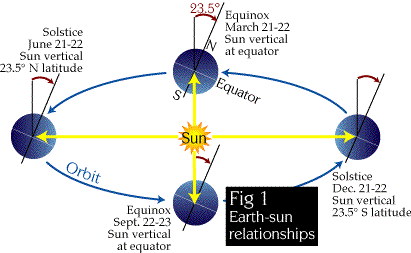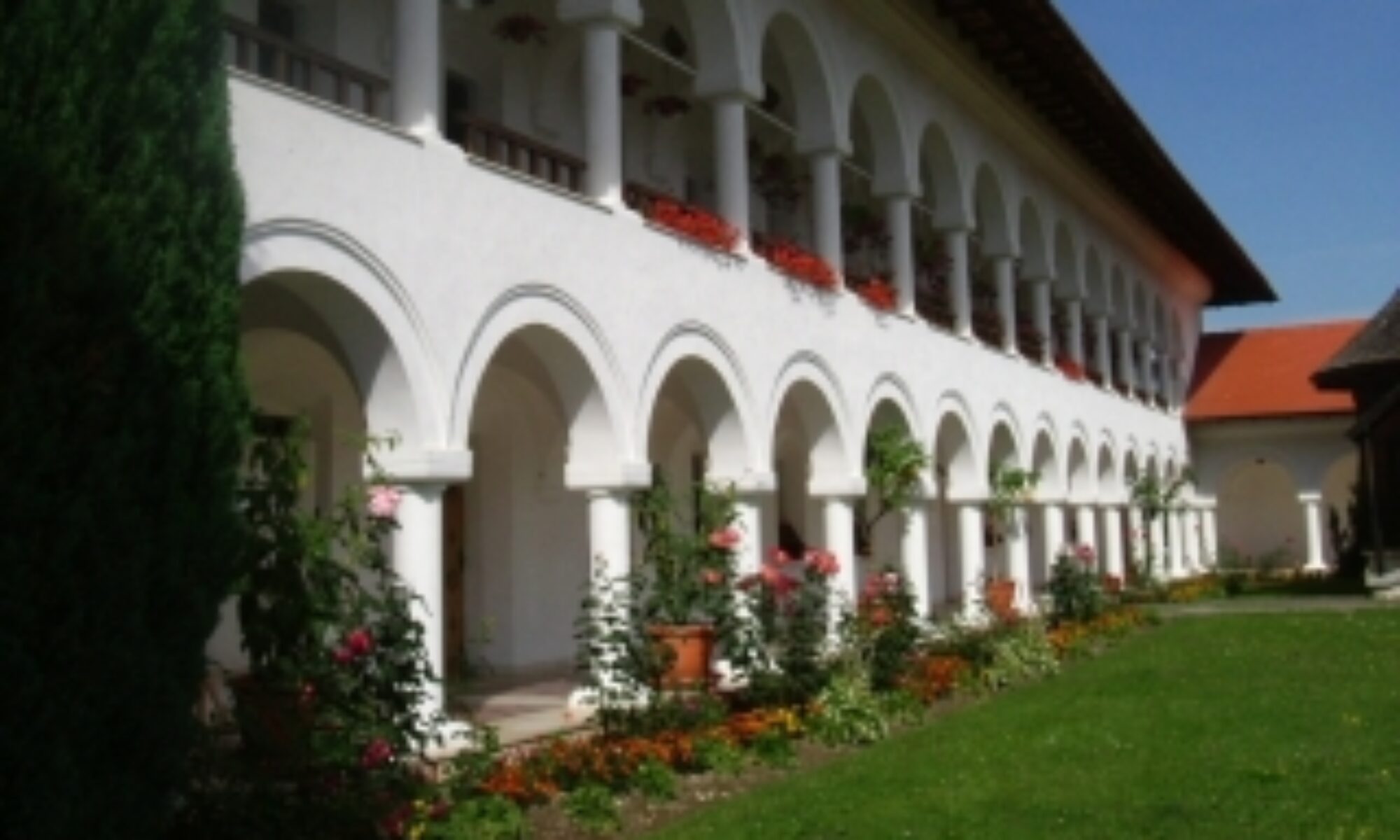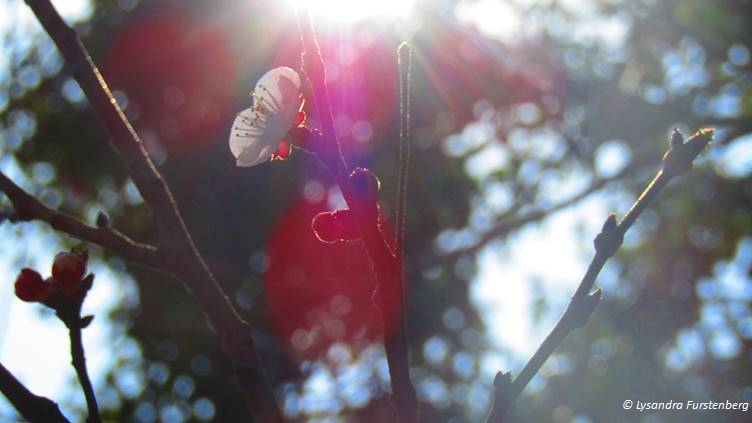The fruit trees start blossoming and the sparrows begin chirping at the break of dawn. The sunlight grows warmer and glows with care. Its fingers graze the small, pink flowers that are abuzz with bees.
C’est le printemps. Este primăvară. Dit is lente. It is spring.
The rebirth of nature, after the long icy months, is enough to open your mind to the beauty that nature seems to paint so effortlessly.
The warmer air is filled with the sweet scents of flowers and the promise of renewal.
Our hearts open hopefully to new sentiments and romance.
The seasons are not usually linked to the months of the year, but rather by the appearance of flowers on trees, or astronomy. ‘Equinox’ comes from the Latin words aequi (meaning equal) and noct (meaning night). Natural time is unstable and the lengths of day and night are usually not equal, yet on the spring equinox and autumn equinox-the angle of the Earth’s axis is positioned in such a way that daytime and night-time are equal. Spring is mostly thought of as the time between the spring equinox and the summer solstice. During the spring equinox; the sun is directly over the Earth’s equator at midday. The equal lengths of day and night (well, nearly equal) are due to the fact that the sun’s rays refract (bend) when they hit the Earth’s atmosphere.

This refracting causes the sun to appear that it is still above the horizon, when it has actually already set. Hence, the daytime is lengthened by roughly seven and a half minutes at the equator (countries like Brazil, Gabon, Kenya, Somalia, Maldives and Indonesia), eight minutes at 30 degrees latitude (places such as South Africa, southern Australia, Argentina and southern Brazil) and sixteen minutes at 60 degrees latitude (like in Sweden and Russia).
The summer solstice is the longest day of the year-this year (2020), it is on the 20th of December in the Southern hemisphere and on the 20th of June in the Northern hemisphere. So, if you don’t live on electronic time (like I do)-those are the perfect days to spend outside in the sun. Well, 20th of June was the perfect day. If you know how to build a time machine, then you know where to go!
I have always been fascinated by Egyptian history and have read up on as much as I could find on the subject since I was first introduced to it ten years ago. In those ancient times, seasons (and most things that are now explained with Science) were often explained with mythical tales. Spring often symbolised rebirth and resurrection-something which the Egyptians held at the core of their belief system. Osiris (the Egyptian god of fertility, agriculture, the afterlife, the dead, resurrection, life, and vegetation) was brutally murdered by his brother, Seth (the god of war, chaos and storms). Osiris was the first-born son to Geb (god of the earth) and Nut (goddess of the sky). As first born, he was considered the ruler of Egypt. He taught the Egyptians the proper ways to worship the gods, provided them with laws and taught them agriculture. He later took Isis (his sister) as his wife and she gifted the Egyptians equality and compassion. The paradise ensured equality among all and abundance of food. Set was jealous of his brother’s power and success. When his wife (Nephthys) became pregnant by Osiris-after disguising herself as Isis-Set’s resentment turned bitter.

He decided to eliminate his brother and had a beautiful casket made, tailored to Osiris’ exact measurements. A huge party was thrown and Set invited his brother-but with sinister motives. Set revealed the magnificent casket to the guests and told them that whoever’s body fit most perfectly inside could take the treasure home. As you can guess-Osiris’ fit perfectly. Set immediately slammed the lid shut and threw the casket-and his brother-into the Nile. Of course, this is only one version of how Set murdered his brother. Now you’re probably wondering where Spring comes in. Well, Osiris’ wife-Isis-found his body and buried him-which re-birthed Osiris as the judge of the underworld. Hence-rebirth, resurrection and the arrival of spring (with Osiris’ role as the fertility god-giving life to plants) was created in Egypt. Of course, this story also explains the annual flooding of the river Nile, as when Osiris’ casket was thrown into the river-it flooded, as it does every year since then in the spring.
Spring symbolises new beginnings: baby birds begin chirping in nests and the trees start making new leaves and beautiful blossoms.

The world is renewed and the air filled with hope. Maybe change is not as bad as everyone makes it out to be. The flooding of the Nile in Egypt still provides farmers with water for their crops-and therefore food. The changing seasons all over the world provide us with new perspectives and opportunities.
It is up to you to jump in the flood and let yourself be renewed to a more powerful version of yourself.
© Lysandra Furstenberg, 2020
You have seen photographs taken by my daughter, the writer of this post, in Dualism, a Square in Travel Photography and Black and White, Square Moon Trees. Lysandra’s poetry was featured by lovely Florence of Miscellany Pages in Poetry, Comedy & The Modern World and you can discover her poetry book, Right to Life, on Amazon.
Sources:
Rebirth and Resurrection: Spring Myths of the Ancient World
Symbols of Spring
Spring: Season of New Beginnings
Earth’s Orbit
The Seasons, the Equinox, and the Solstices

